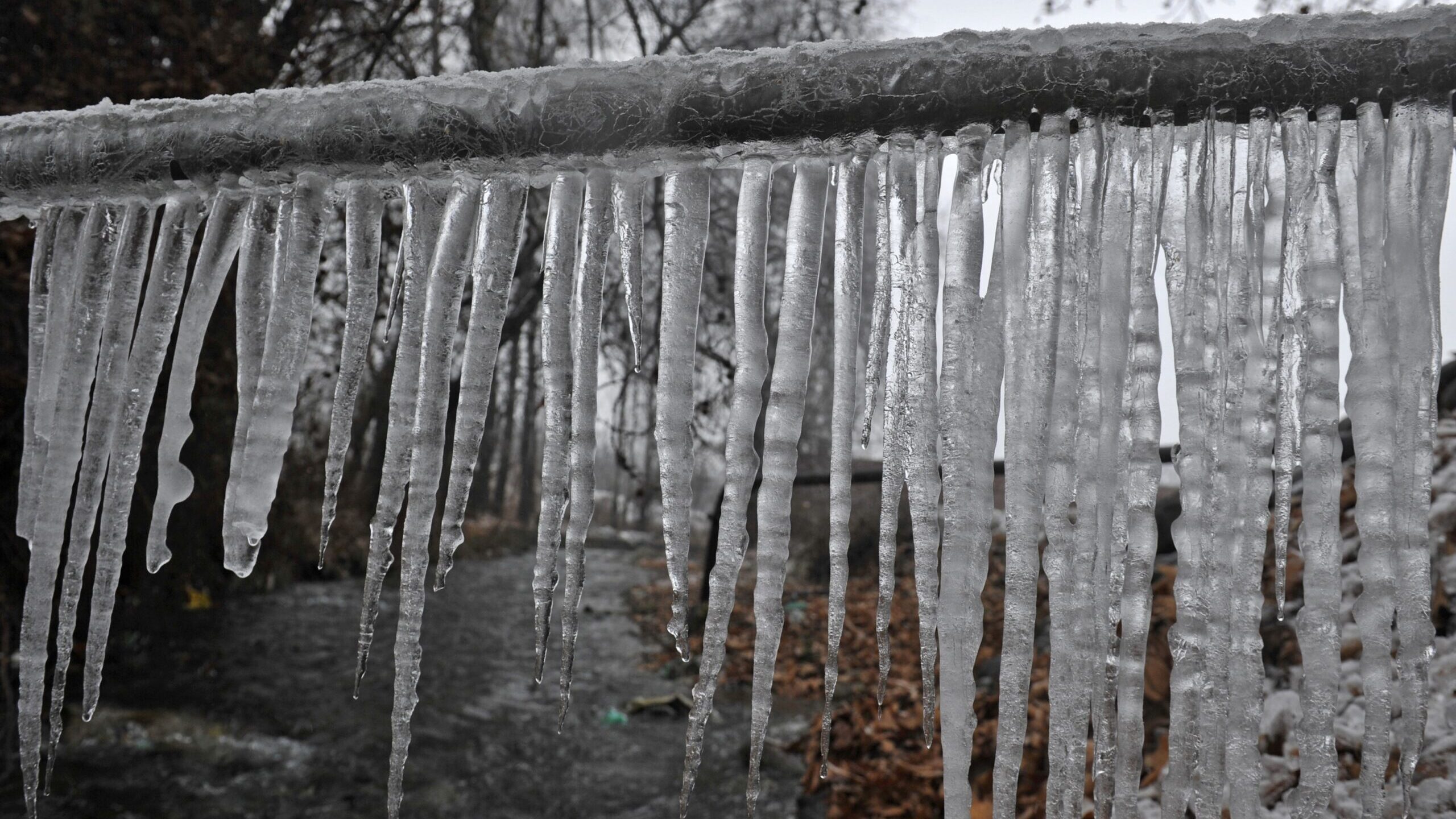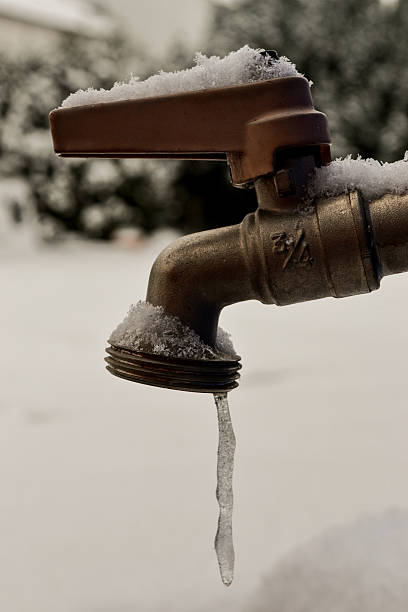Avoiding Frozen Pipes: Best Strategies for Winter
Avoiding Frozen Pipes: Best Strategies for Winter
Blog Article
This post on the next paragraphs pertaining to Prevent Frozen Pipes is particularly enlightening. Read it for yourself and figure out what you think of it.

Winter can damage your plumbing, especially by freezing pipelines. Below's exactly how to prevent it from taking place and what to do if it does.
Intro
As temperatures decline, the danger of frozen pipelines rises, potentially leading to expensive fixings and water damages. Understanding just how to prevent frozen pipes is important for homeowners in cold environments.
Understanding Icy Pipelines
What causes pipes to ice up?
Pipelines ice up when revealed to temperature levels listed below 32 ° F (0 ° C) for expanded periods. As water inside the pipelines ices up, it expands, taxing the pipeline wall surfaces and potentially creating them to break.
Risks and problems
Icy pipelines can result in supply of water disturbances, residential property damage, and pricey repair work. Burst pipelines can flooding homes and cause considerable structural damage.
Signs of Frozen Piping
Identifying icy pipelines early can avoid them from rupturing.
Exactly how to recognize frozen pipelines
Look for decreased water flow from faucets, uncommon smells or sounds from pipelines, and noticeable frost on exposed pipelines.
Prevention Tips
Protecting prone pipelines
Cover pipes in insulation sleeves or make use of heat tape to shield them from freezing temperatures. Concentrate on pipelines in unheated or external areas of the home.
Home heating strategies
Maintain interior spaces sufficiently warmed, especially locations with plumbing. Open cabinet doors to allow warm air to flow around pipelines under sinks.
Shielding Outdoor Pipes
Yard tubes and exterior faucets
Separate and drain pipes garden pipes before winter season. Mount frost-proof faucets or cover exterior taps with protected caps.
What to Do If Your Pipelines Freeze
Immediate actions to take
If you believe frozen pipes, keep faucets available to ease stress as the ice thaws. Utilize a hairdryer or towels taken in warm water to thaw pipelines gradually.
Long-Term Solutions
Architectural modifications
Take into consideration rerouting pipelines far from exterior walls or unheated locations. Include extra insulation to attics, cellars, and crawl spaces.
Upgrading insulation
Buy premium insulation for pipes, attics, and walls. Appropriate insulation aids maintain consistent temperature levels and decreases the threat of icy pipes.
Verdict
Avoiding frozen pipelines needs aggressive actions and quick feedbacks. By comprehending the causes, indicators, and safety nets, homeowners can shield their plumbing throughout winter.
5 Ways to Prevent Frozen Pipes
Drain Outdoor Faucets and Disconnect Hoses
First, close the shut-off valve that controls the flow of water in the pipe to your outdoor faucet. Then, head outside to disconnect and drain your hose and open the outdoor faucet to allow the water to completely drain out of the line. Turn off the faucet when done. Finally, head back to the shut-off valve and drain the remaining water inside the pipe into a bucket or container. Additionally, if you have a home irrigation system, you should consider hiring an expert to clear the system of water each year.
Insulate Pipes
One of the best and most cost-effective methods for preventing frozen water pipes is to wrap your pipes with insulation. This is especially important for areas in your home that aren’t exposed to heat, such as an attic. We suggest using foam sleeves, which can typically be found at your local hardware store.
Keep Heat Running at 65
Your pipes are located inside your walls, and the temperature there is much colder than the rest of the house. To prevent your pipes from freezing, The Insurance Information Institute suggests that you keep your home heated to at least 65 degrees, even when traveling. You may want to invest in smart devices that can keep an eye on the temperature in your home while you’re away.
Leave Water Dripping
Moving water — even a small trickle — can prevent ice from forming inside your pipes. When freezing temps are imminent, start a drip of water from all faucets that serve exposed pipes. Leaving a few faucets running will also help relieve pressure inside the pipes and help prevent a rupture if the water inside freezes.
Open Cupboard Doors
Warm your kitchen and bathroom pipes by opening cupboards and vanities. You should also leave your interior doors ajar to help warm air circulate evenly throughout your home.

Hopefully you liked our part on Preventing and dealing with frozen pipes. Thank you so much for taking a few minutes to read through our blog. If you appreciated our article if you please don't forget to share it. We truly appreciate reading our article about 6 Ways to Prevent Frozen Pipes.
Click Here Report this page